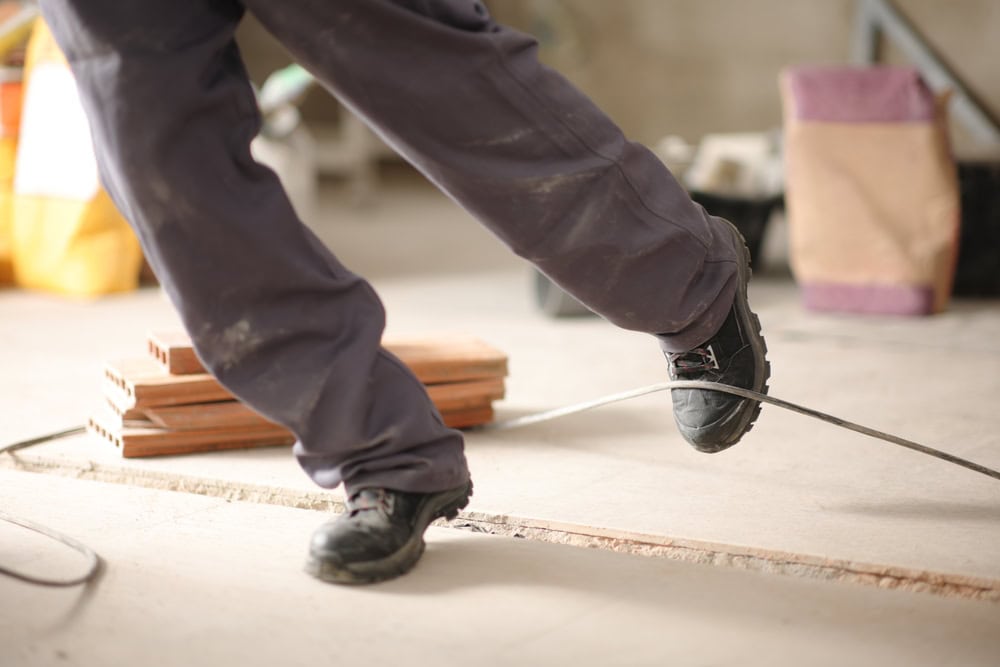Maximizing Profitability: Financial Tips for New Licensed Contractors in California
Starting your journey as a licensed contractor in California is an exciting yet challenging venture. With the state’s booming construction industry, there’s immense potential for growth and profitability. However, navigating the financial complexities requires strategic planning and smart decision-making. This blog post will guide you through actionable financial tips tailored for small to medium-sized contractor … Read more










